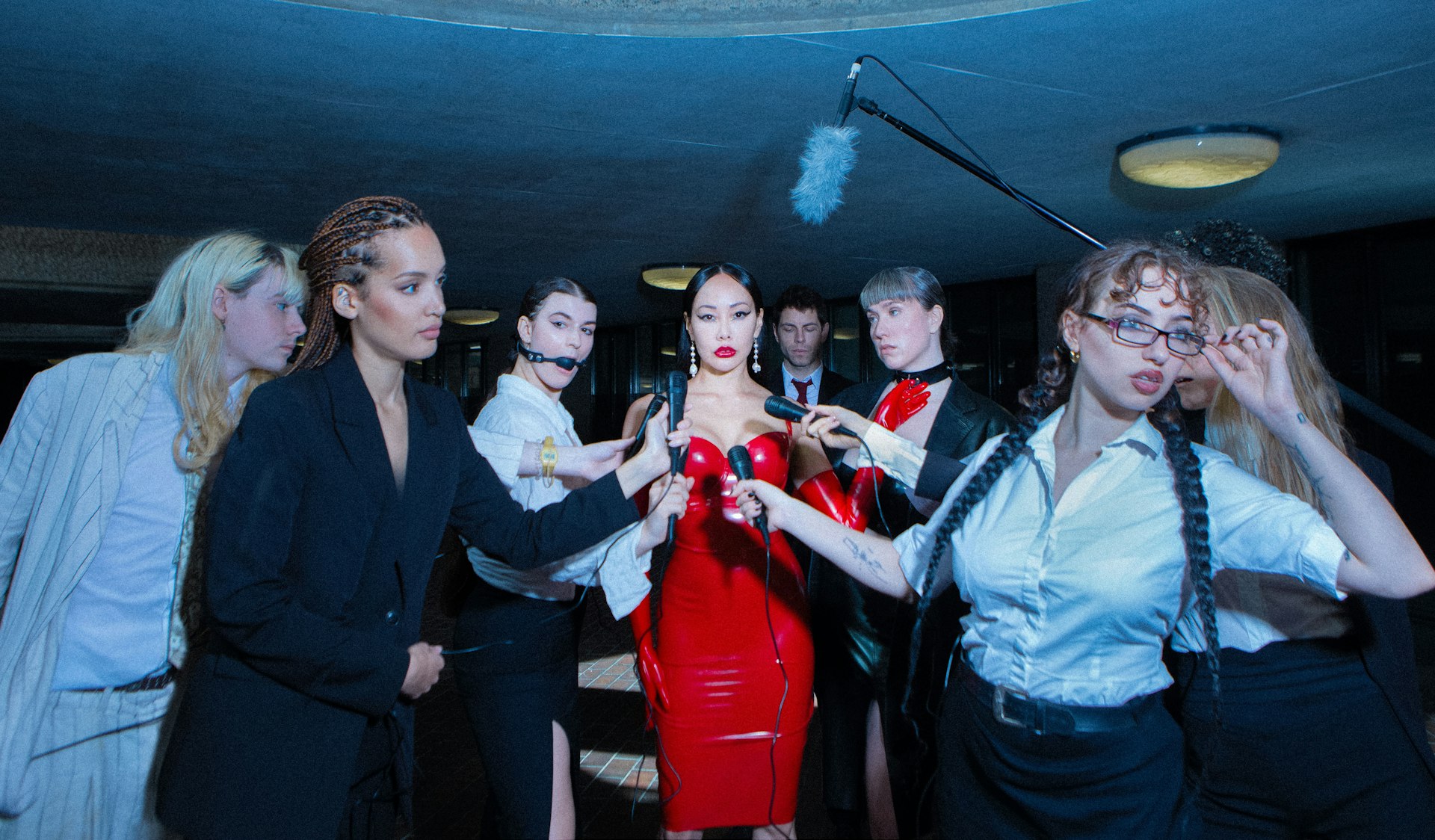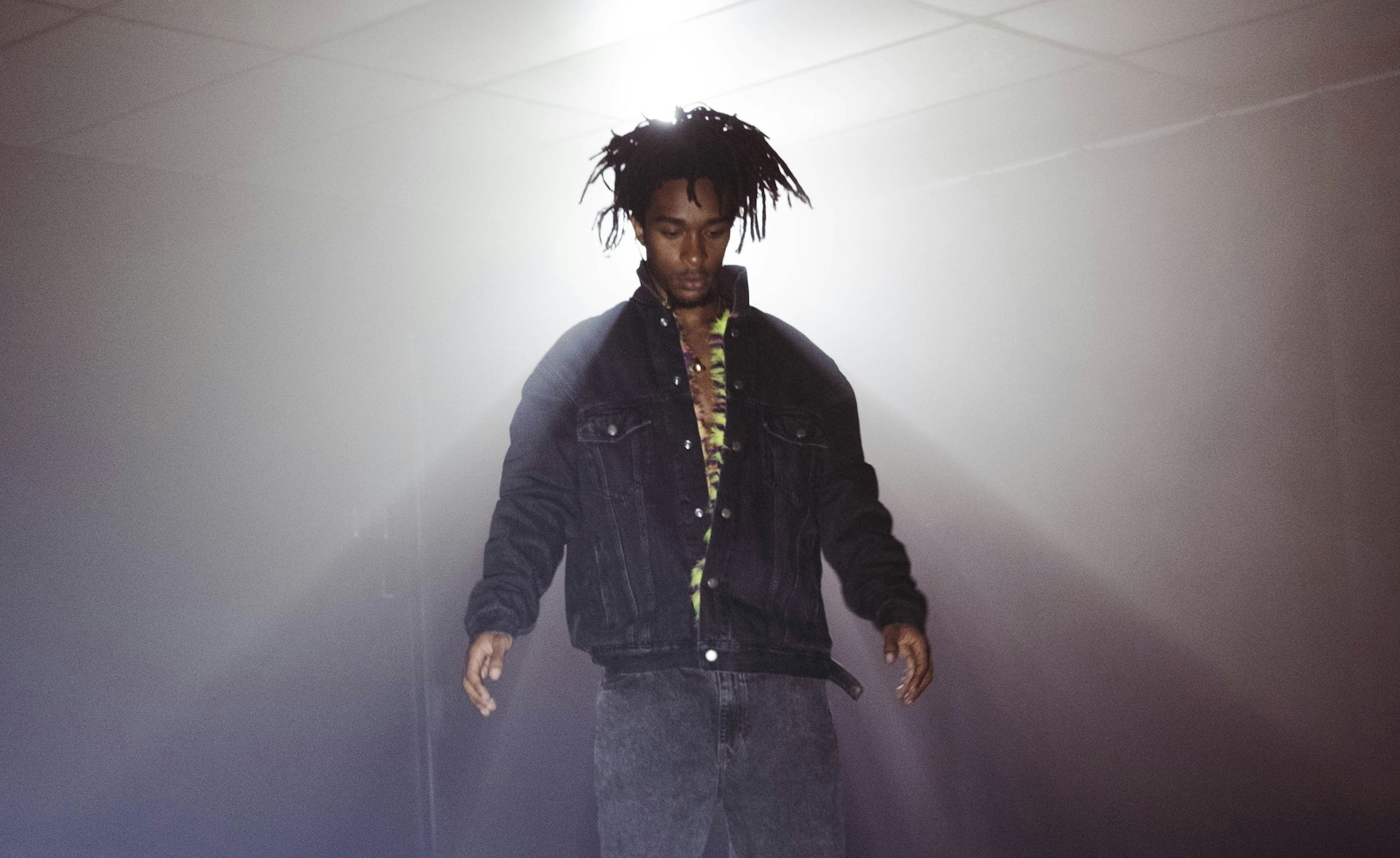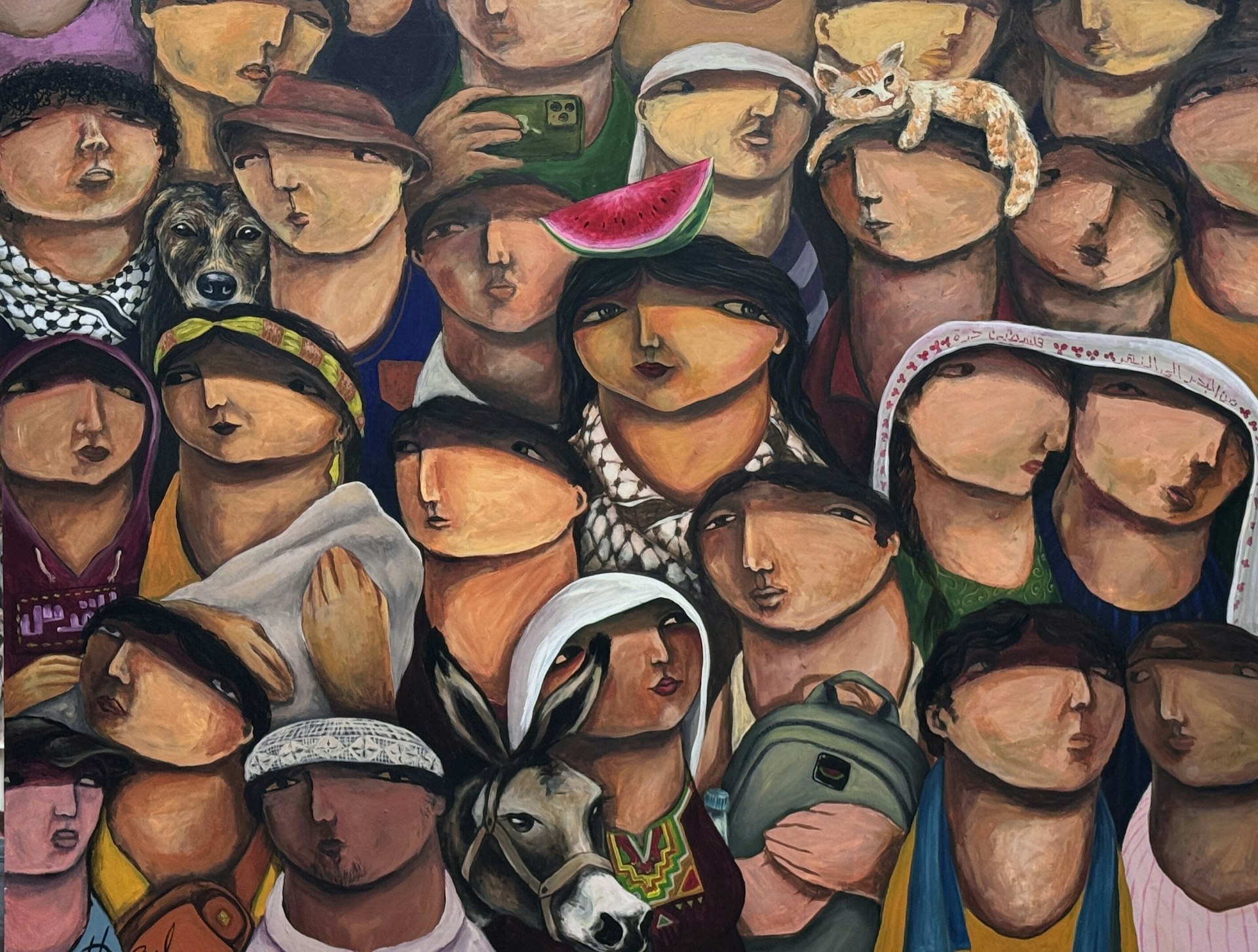An uncanny portrait of Russia's modern hermits
- Text by Daisy Schofield
- Photography by Natalia Ershova

Viktor, a 30-year-old landlord from Moscow, hasn’t left his house in over 10 years. Aside from his 21 cats, he lives alone, and when he’s not reading, or playing video games, he spends a large portion of his time making connections online.
From existing in relative anonymity, in 2018, a photograph of Viktor perched on his sofa, surrounded by his cats in a living room abundant with kitsch decor, was splashed across the cover of a major Russian magazine. His portrait forms part of a series by photographer Natalia Ershova entitled Journey to the Edge of the Room, 2017, documenting Moscow’s modern-day hermits, who, like Viktor, have chosen to cut themselves off from society to varying degrees.
“I had the idea for the project after I became ill in 2016, when doctors told me to isolate at home for two months,” explains Ershova. It was during this period that Ershova started speaking to Viktor, and other social recluses, who she found via a Facebook group.
This was before the pandemic forced people to retreat indoors. “We are all like the people in my photos now,” Ershova observes.
For most hermits living in Russia, lockdown has been a relatively seamless transition. “We are among the few already adapted to this lifestyle,” says Anna, one of Ershova’s subjects. But for other hermits in the photo series, among them Anatoly – who has lived alone for 10 years – things have become more complicated. After COVID-19 devastated his online business, Anatoly was forced to leave his house and start work as a courier.

Anatoly, 39. Hermit for two years.
“It became a lot of stress for me,” he says of the experience. “I communicate poorly, and usually only online with a small group of people.”
While these photos take on a renewed poignancy in lockdown, isolation and loneliness has long been endemic in major cities. Anatoly admits that he feels lonely every day. “In Moscow, there is a very fast pace of life,” explains Ershova, “and people simply cannot stand it, and bury themselves at home.”
Extreme reclusion is a phenomenon which occurs across the globe. It is, however, most pronounced in Japan, where the culture’s emphasis on conformity has prompted one million people – known as hikikomori (which translates to ‘living in solitude’) – who do not fit in to hide themselves away.
On the surface, Ershova’s eccentric, awkwardly posed subjects might also seem at odds with society. The myriad objects strewn across their respective living spaces point to obsessive personalities, from the Star Wars memorabilia in Olga’s room, to the yoga wall hangings in Yelizaveta’s bedroom, to the various cartoon merch dotted around Mikhail’s living space.

Anna, 27, and Eliza, 30. Hermits for seven years.
For not conforming, hermits are often stigmatised. But a number of Ershova’s subjects maintain that solitude is an entirely desirable way of life. “We are now living in a time when seclusion is not a bad thing,” says Olga. “With the growth of the internet and social media, you don’t have to go to a friend’s house to chat. Almost all leisure activities can be found on the internet.”
“People who have a favourite activity don’t feel lonely, and it does not matter whether they leave the house or not,” continues Olga, who spends a large part of her time creating 3D jewellery models.
For other hermits, being alone can be transcendental. “I never feel lonely,” insists Yelizaveta. “I am always in some mental and spiritual plane connected with everyone I have ever come into contact with.”
Perhaps most liberating for some hermits, though, is the relative oblivion from or disinterest in the external world. “Not everyone understands my way of life,” says Evgeniy, another hermit shot by Ershova. “But since I don’t often communicate with people unpleasant to me, I don’t care.”

Yelizaveta and Peter, 25. Hermits for a year and a half.

Olga, 27. Hermit for three years.

Evgeniy, 30. Hermit for three and a half years.

Kristina, 29. Hermit for two years.

Alyona, 31. Hermit for seven years.

Mikhail, 28. Hermit for ten years.

Mikhail
See more of Natalia Ershova’s work on her official website, and follow her on Instagram.
Daisy Schofield is Huck’s Digital Editor. Follow her on Twitter.
Enjoyed this article? Like Huck on Facebook or follow us on Twitter.
Latest on Huck

This erotic zine dismantles LGBTQ+ respectability politics
Zine Scene — Created by Megan Wallace and Jack Rowe, PULP is a new print publication that embraces the diverse and messy, yet pleasurable multitudes that sex and desire can take.
Written by: Isaac Muk

As Tbilisi’s famed nightclubs reawaken, a murky future awaits
Spaces Between the Beats — Since Georgia’s ruling party suspended plans for EU accession, protests have continued in the capital, with nightclubs shutting in solidarity. Victor Swezey reported on their New Year’s Eve reopening, finding a mix of anxiety, catharsis and defiance.
Written by: Victor Swezey

Los Angeles is burning: Rick Castro on fleeing his home once again
Braver New World — In 2020, the photographer fled the Bobcat Fire in San Bernardino to his East Hollywood home, sparking the inspiration for an unsettling photo series. Now, while preparing for its exhibition, he has had to leave once again, returning to the mountains.
Written by: Miss Rosen

Ghais Guevara: “Rap is a pinnacle of our culture”
What Made Me — In our new series, we ask artists and rebels about the forces and experiences that have shaped who they are. First up, Philadelphian rap experimentalist Ghais Guevara.
Written by: Ghais Guevara

Gaza Biennale comes to London in ICA protest
Art and action — The global project, which presents the work of over 60 Palestinian artists, will be on view outside the art institution in protest of an exhibition funded by Bloomberg Philanthropies.
Written by: Cyna Mirzai

Ragnar Axelsson’s thawing vision of Arctic life
At the Edge of the World — For over four decades, the Icelandic photographer has been journeying to the tip of the earth and documenting its communities. A new exhibition dives into his archive.
Written by: Cyna Mirzai